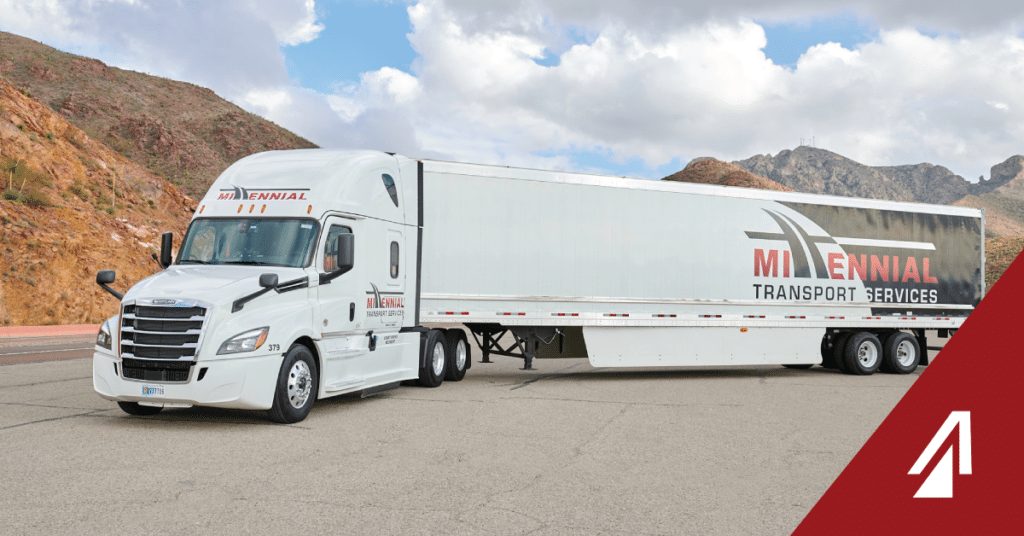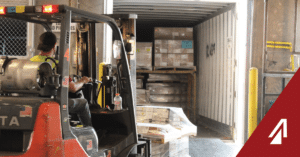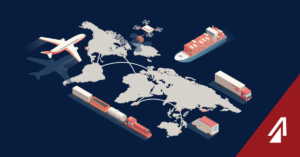The logistics industry is a dynamic market constantly facing changes and challenges as resiliency takes the lead moving forward. We are seeing significant growth in certain areas that are expected to continue while dealing with ongoing supply chain disruptions and worker shortages, particularly in trucking.
The American Journal of Transportation has reported that the United States alone is already short-staffed by 80,000 drivers. That number is expected to rise to 160,000 drivers by 2030. One strategy to offset these shortages is the growing use of foreign-based operators with a B-1 visa classification.
What is the B-1 Visa Classification?
A B-1 visa is a non-immigrant visa for business visitors that allows them to enter the US temporarily for business purposes, such as transporting goods across the border. Permitted activities are defined by the US Customs and Border Protection (CBP) guidelines as they must be part of an international stream of commerce. They are also subject to cabotage laws, which greatly restrict their movements and activities within the US.
Commercial drivers with a B-1 visa can pick up or deliver cargo traveling between the U.S., Canada, and Mexico but are not permitted to move loads from one destination to another within the same country. These cabotage restrictions are in place to protect foreign nationals from competing with local drivers.
Significant Rise in B-1 Drivers in Mexico
The landscape of trade and freight transportation in North America, particularly between the US and Mexico, is evolving rapidly. In 2023, Mexico overtook China as the number one source of exports to the US for the first time in decades. As nearshoring continues to impact the supply chain and volumes surge, there is a significant rise in the utilization of B-1 truck drivers, particularly from Mexico, a trend that is reshaping the industry.
However, with significantly higher wages offered by US companies, B-1 drivers in Mexico working in the US are adding to worker shortages in Mexico, leading to constraints in inter-Mexico transportation. Despite increases in driver salaries and employee benefits, this trend will continue to cause concern with the rise of companies turning to Mexico for production and the growing influx of freight in Mexico. Additionally, rising wages in Mexico to attract drivers will ultimately impact transportation rates and companies’ transportation spend.
ProTrans has been operating in Mexico for over 30 years with staff on both sides of the border. Last year, we brought on 50 teams of B-1 drivers along with blue plates as part of our transportation fleet to streamline our cross-border services. These investments align with our strategic goals to streamline our services and offer true end-to-end logistics. Contact our team today to learn more about our BorderPass program and the advancements being made to monitor driver performance that eases concerns about driver accountability more effectively.



